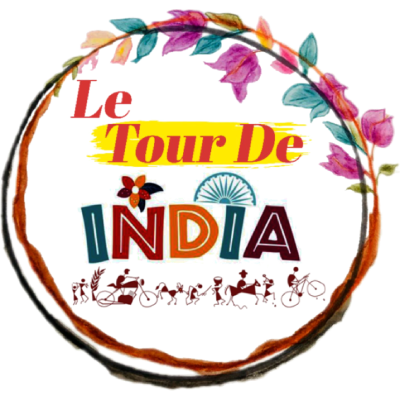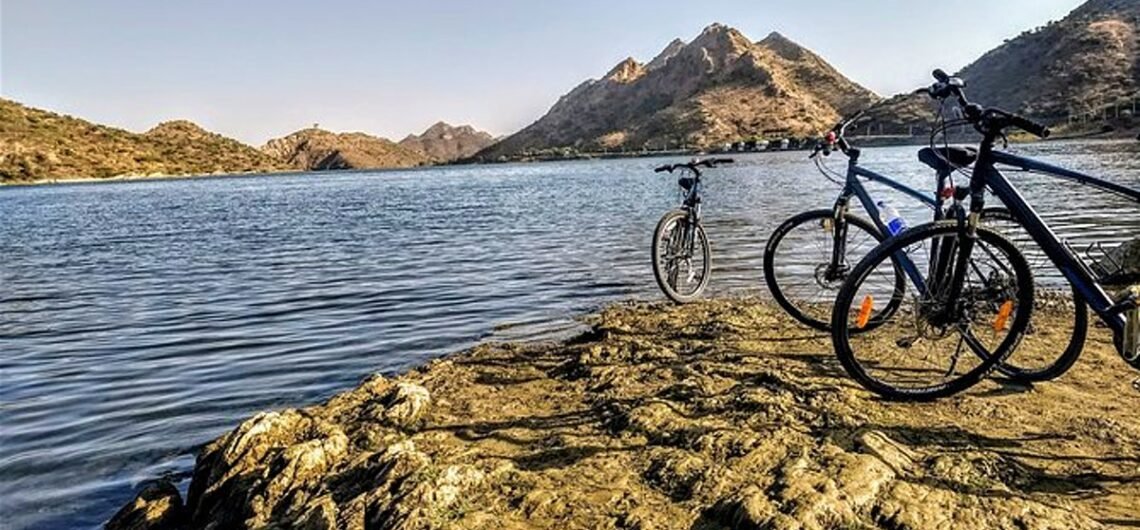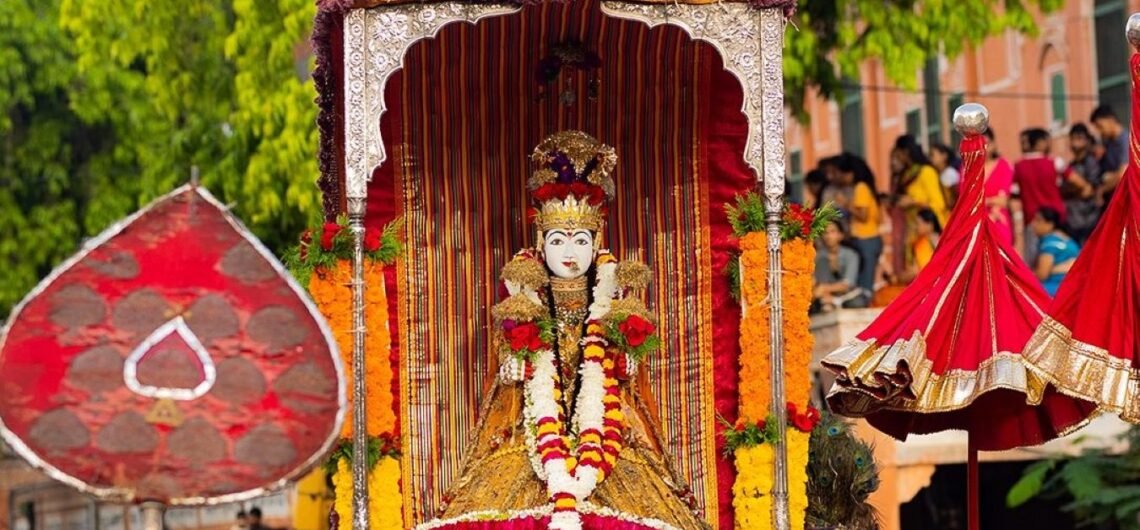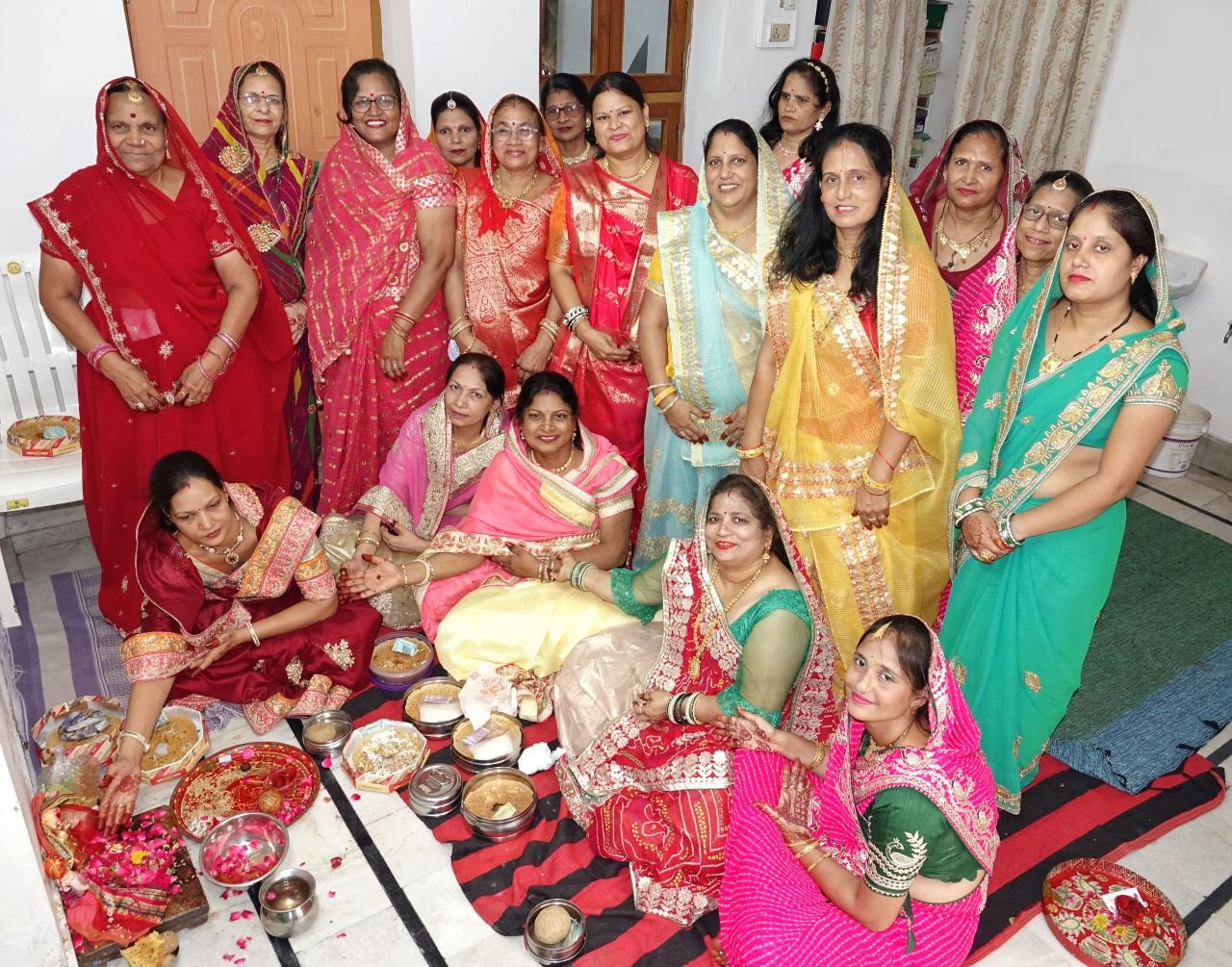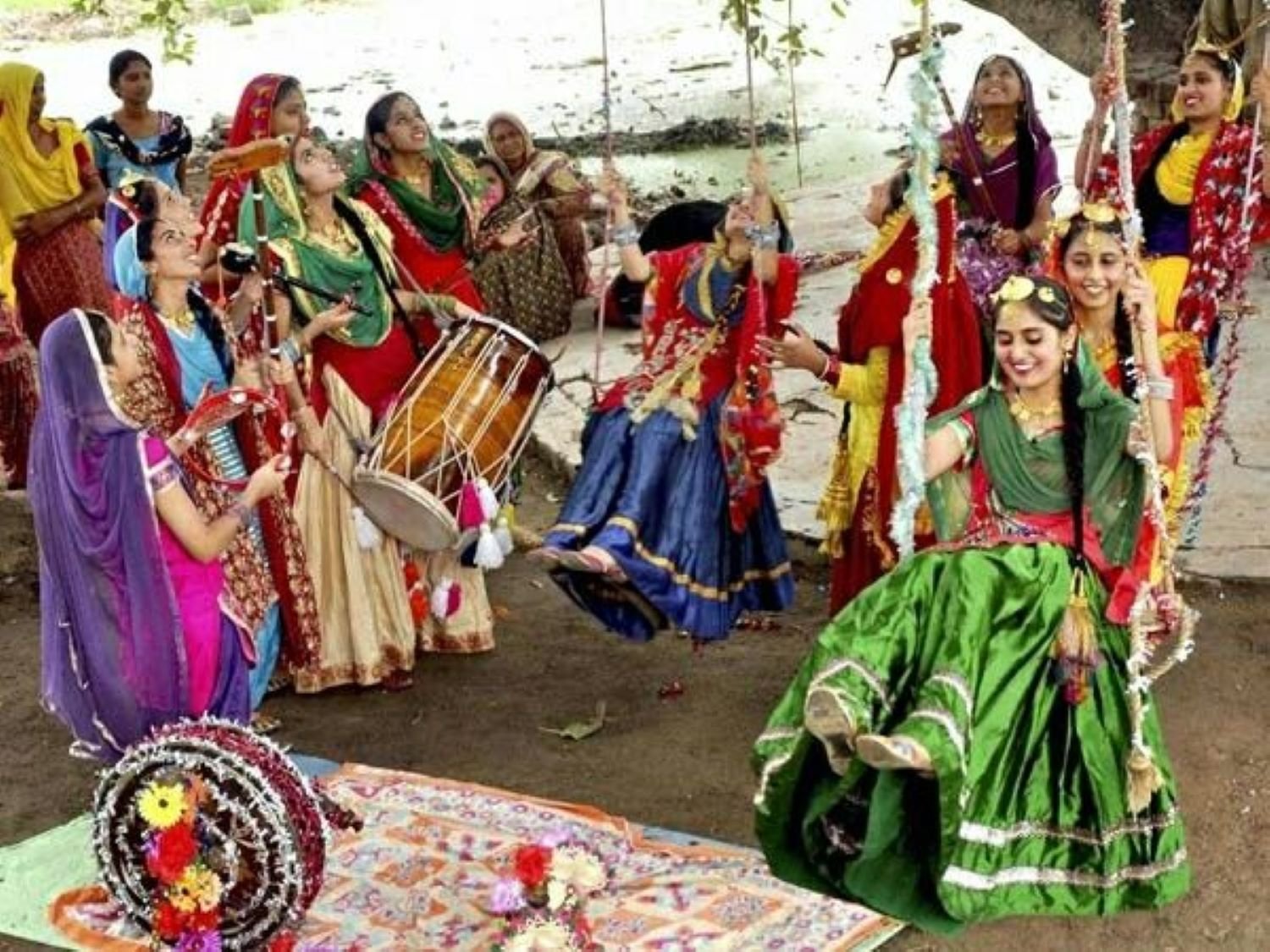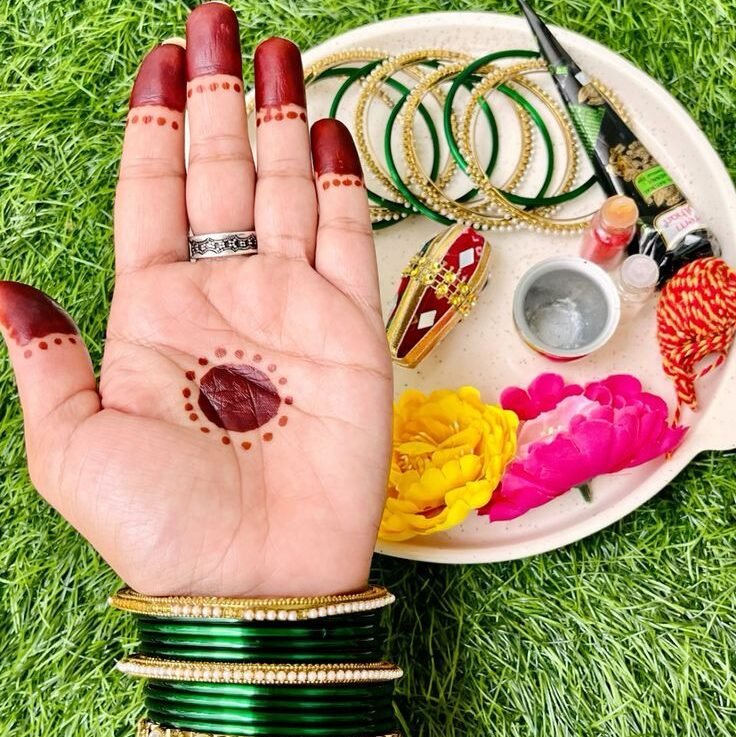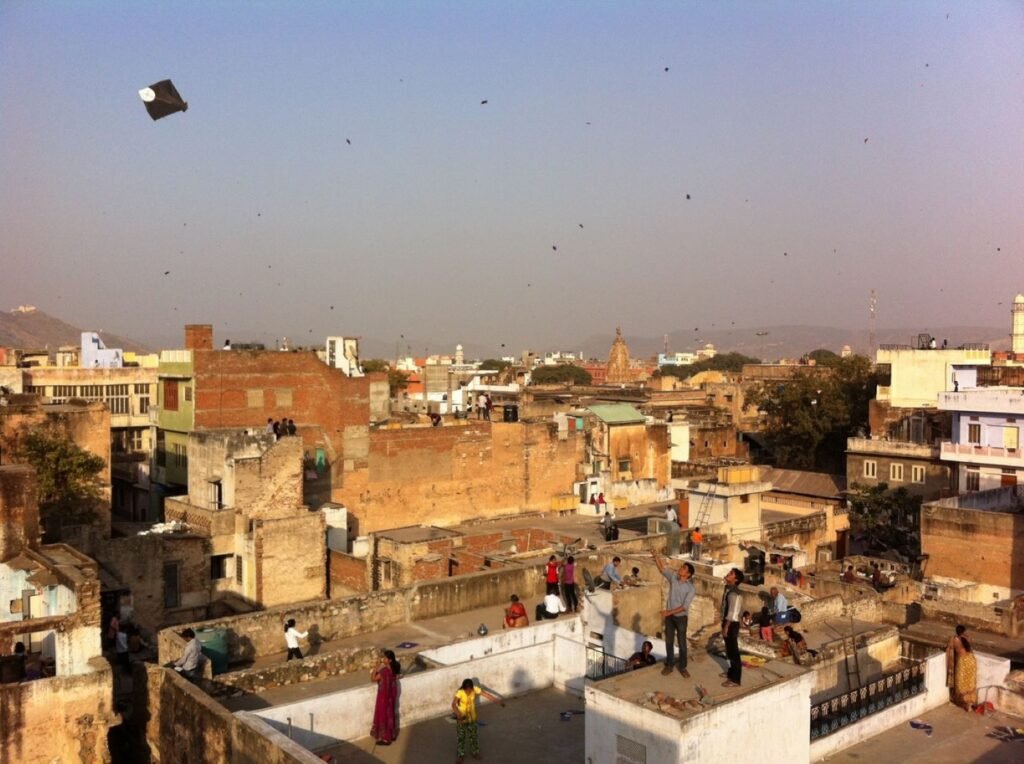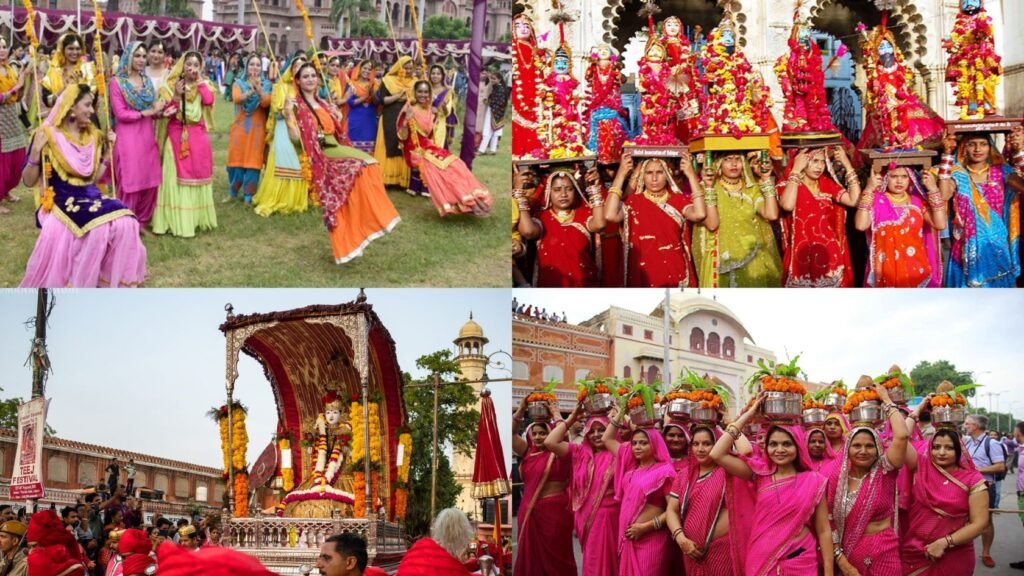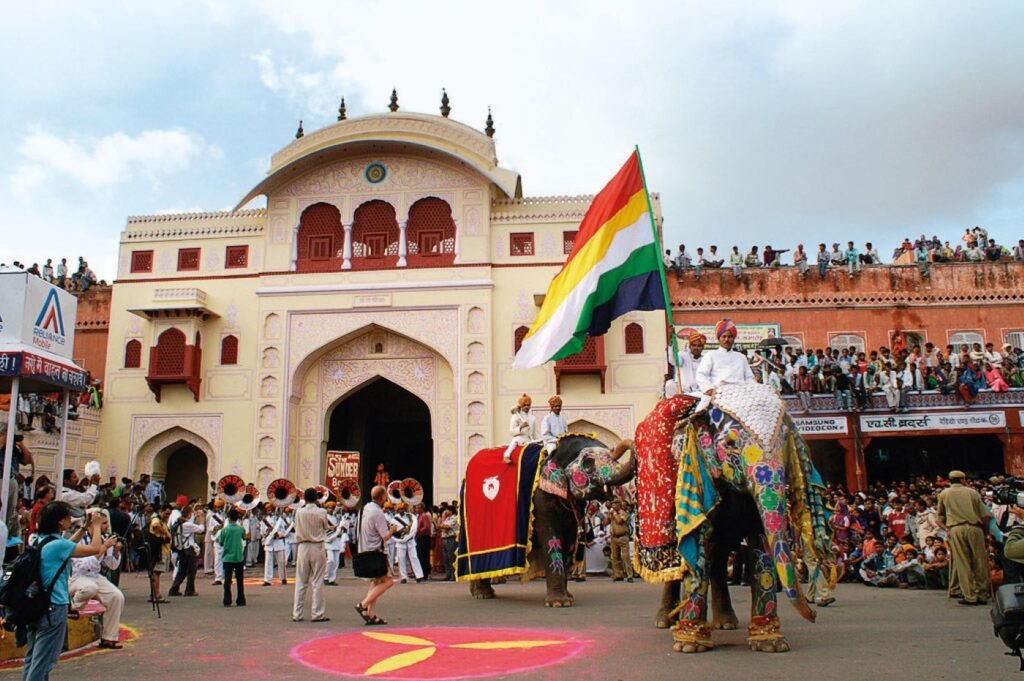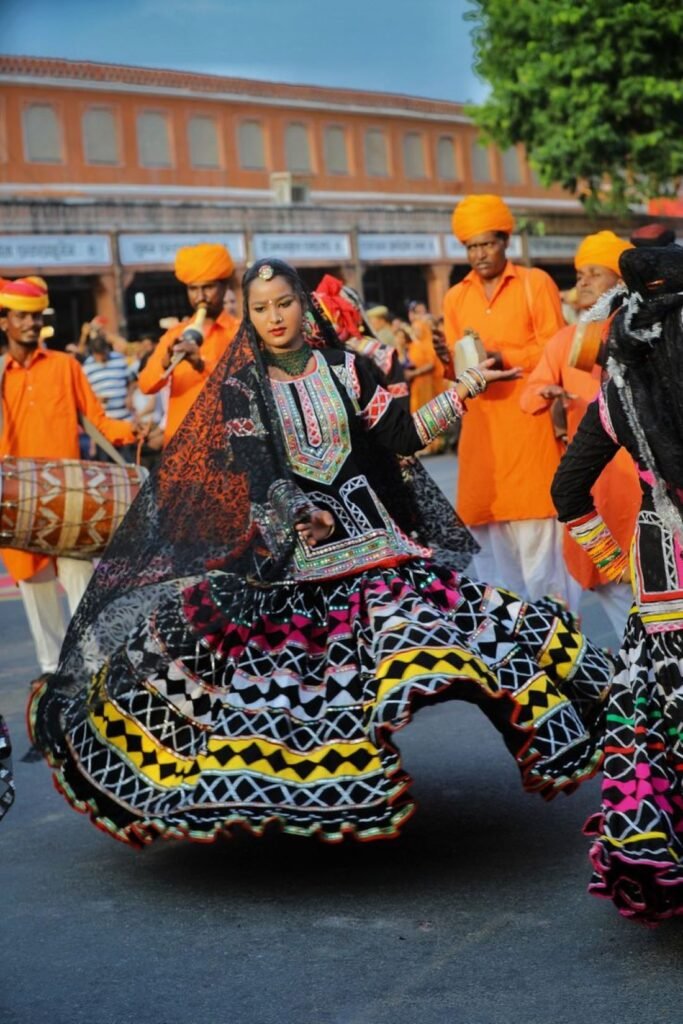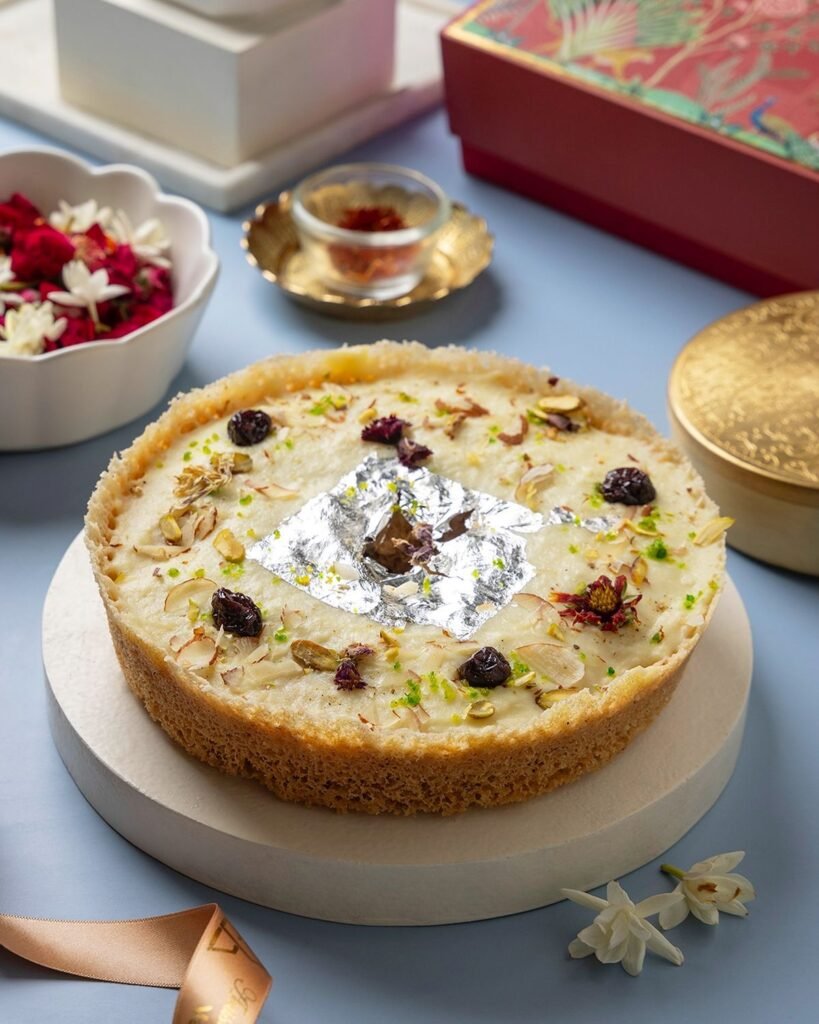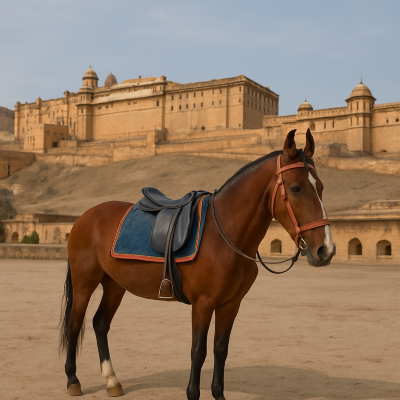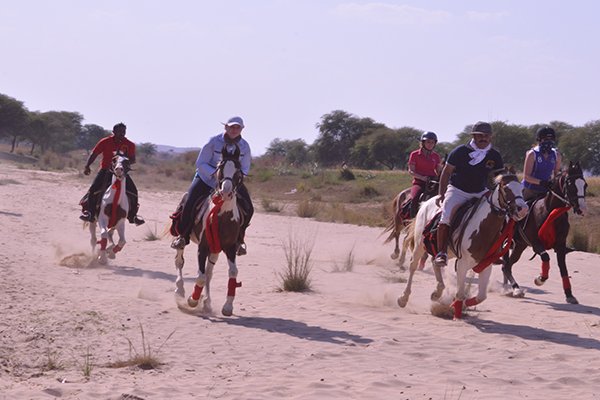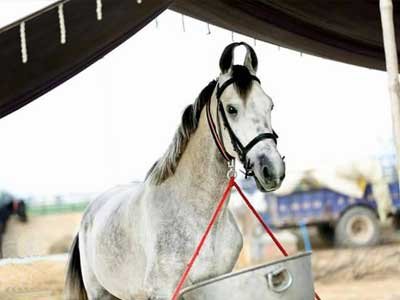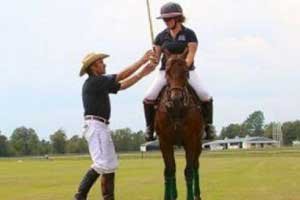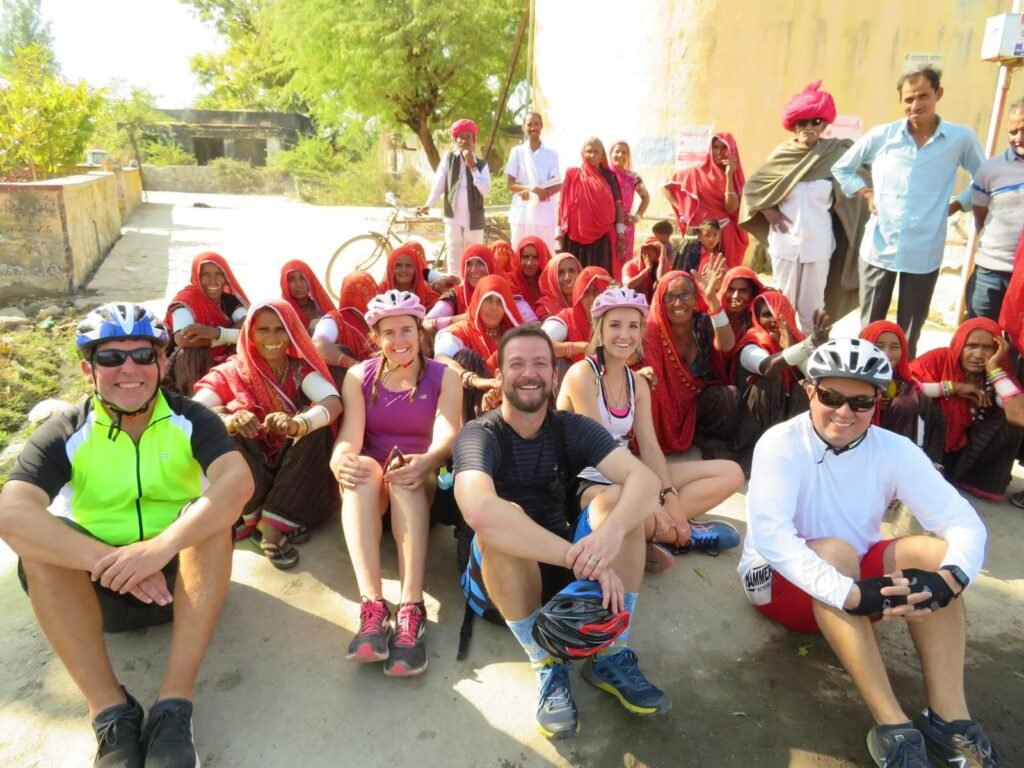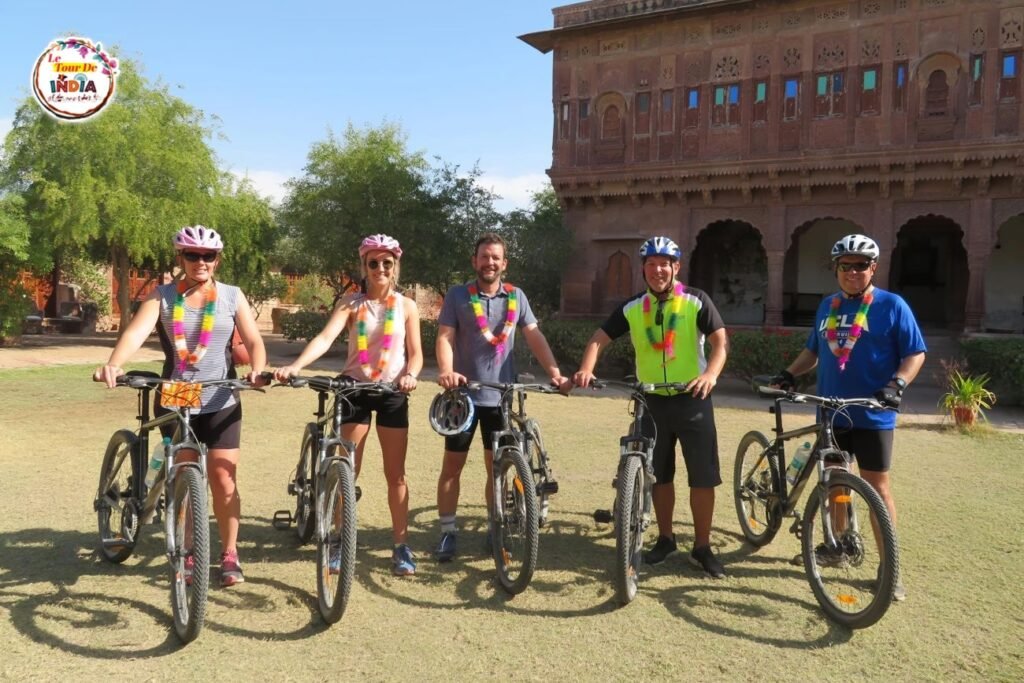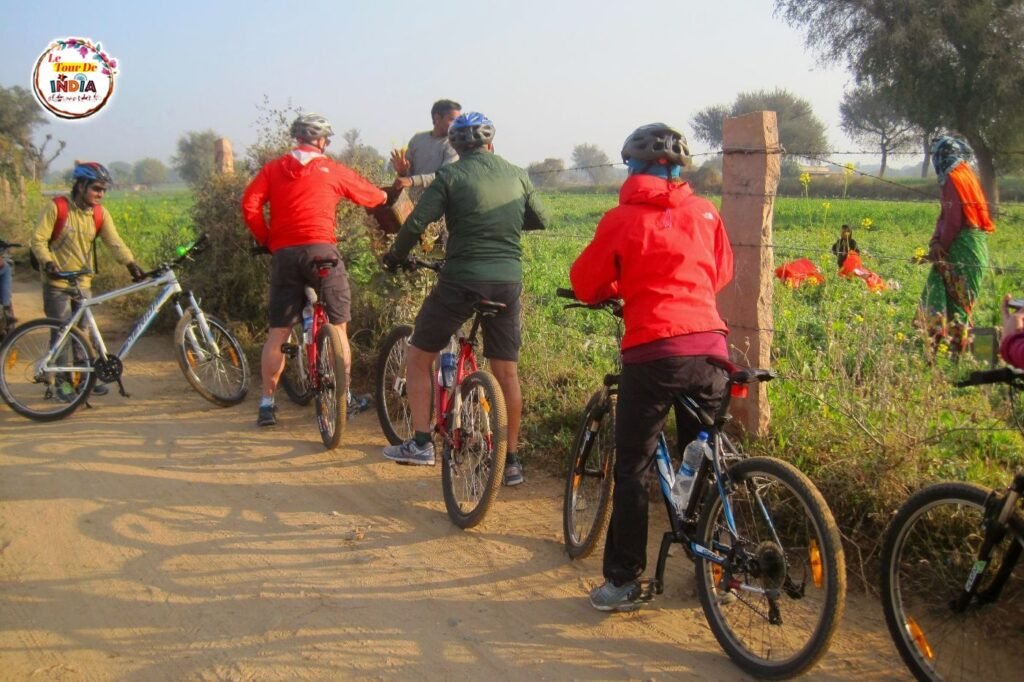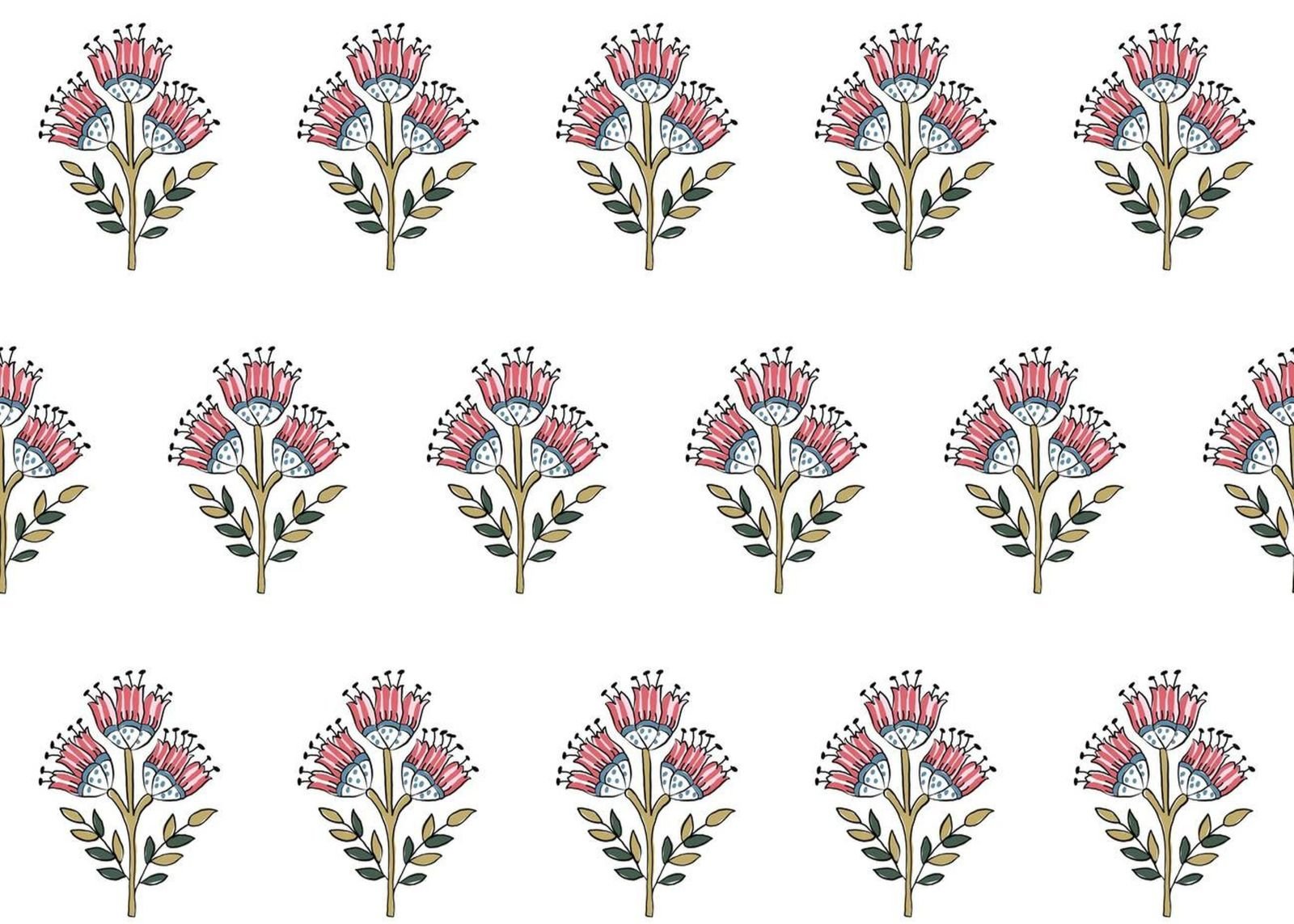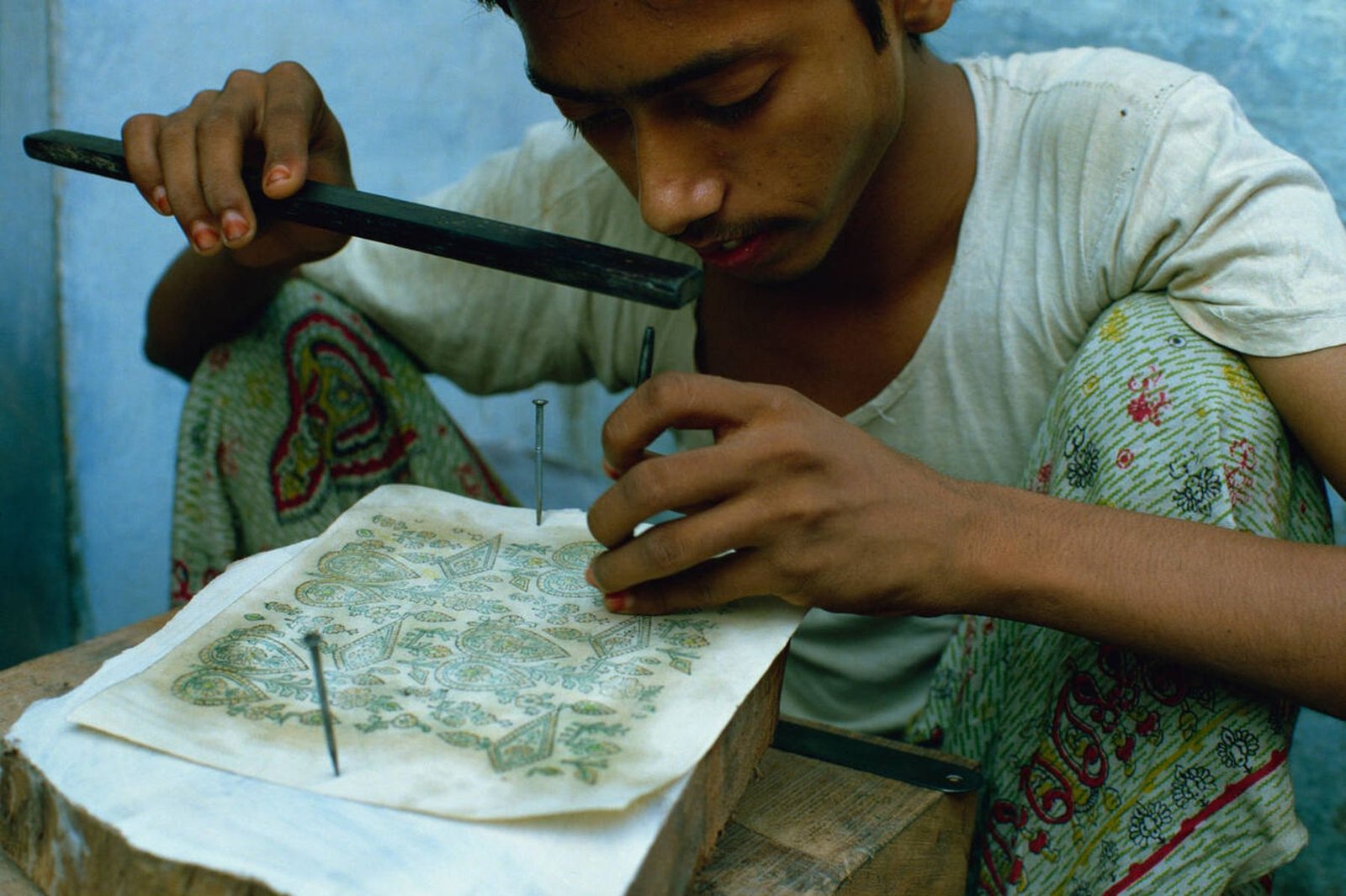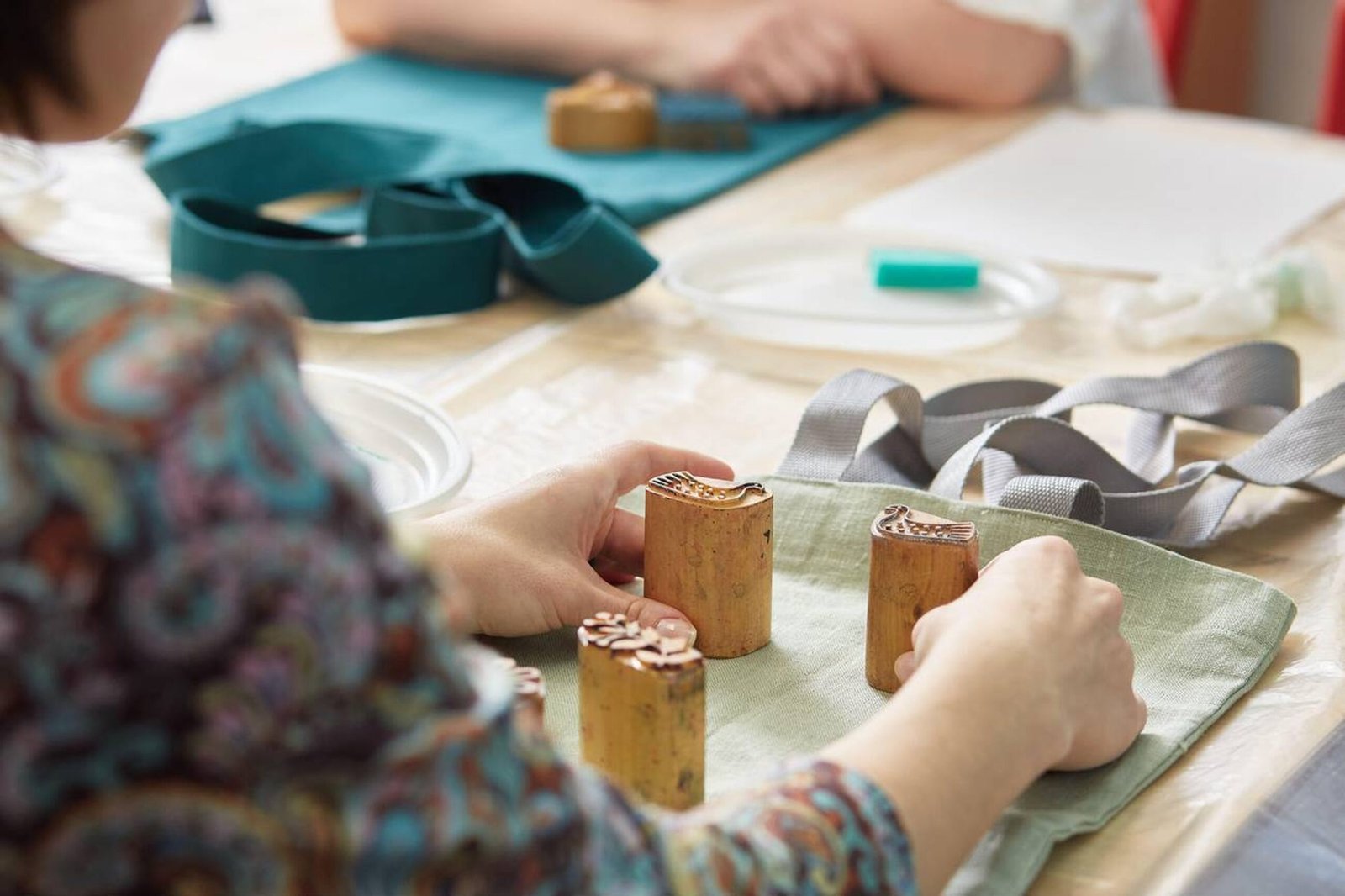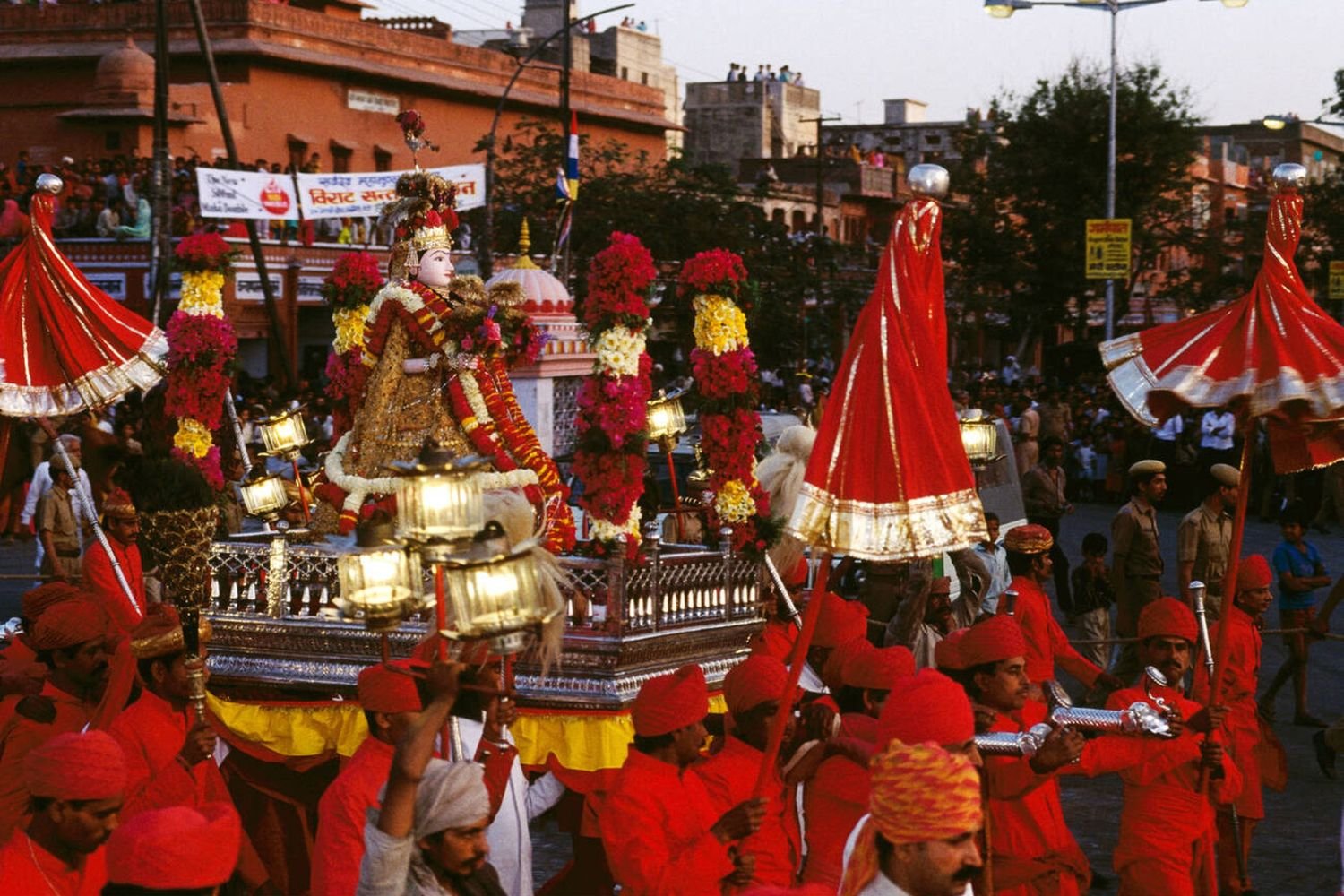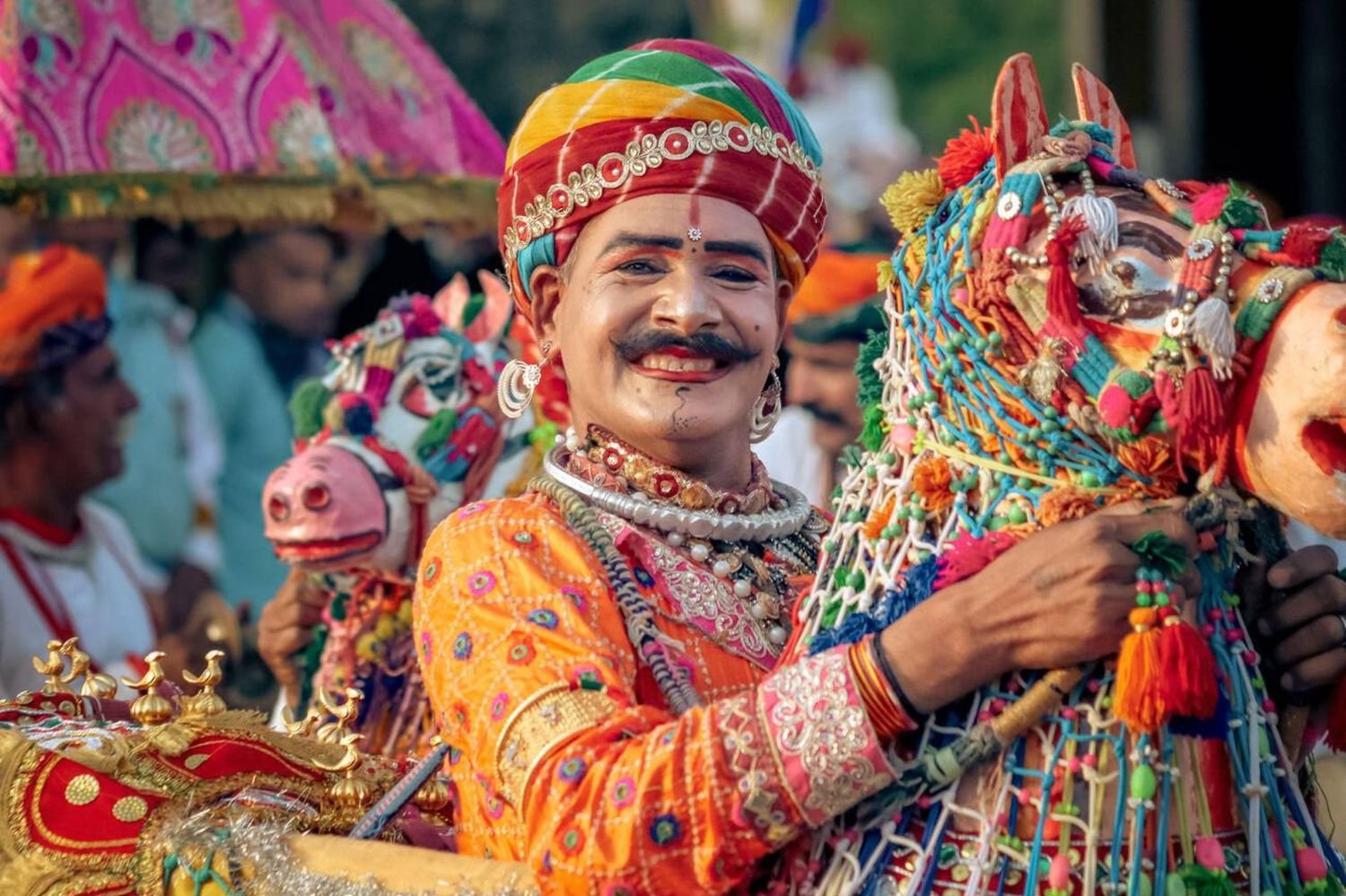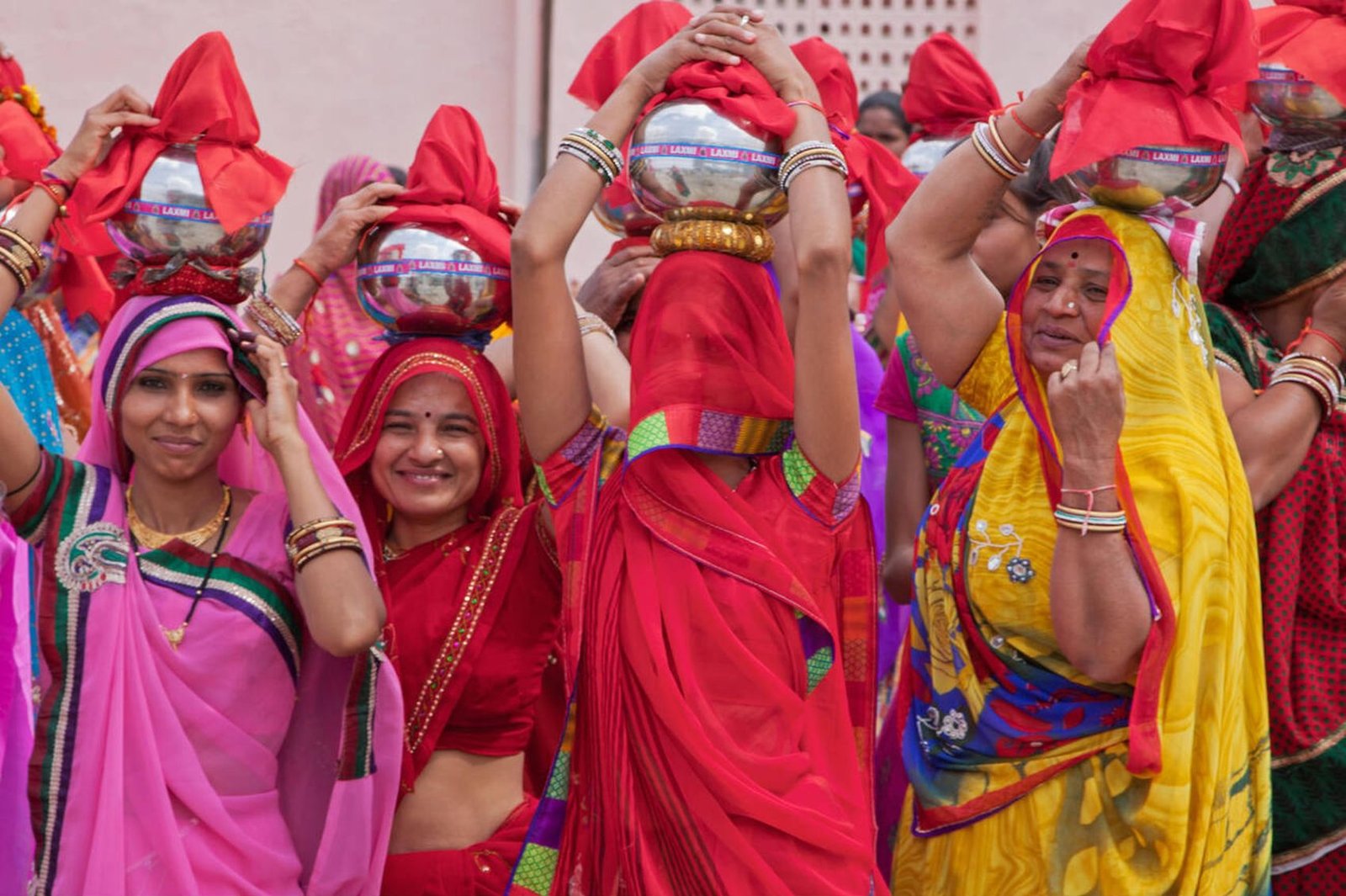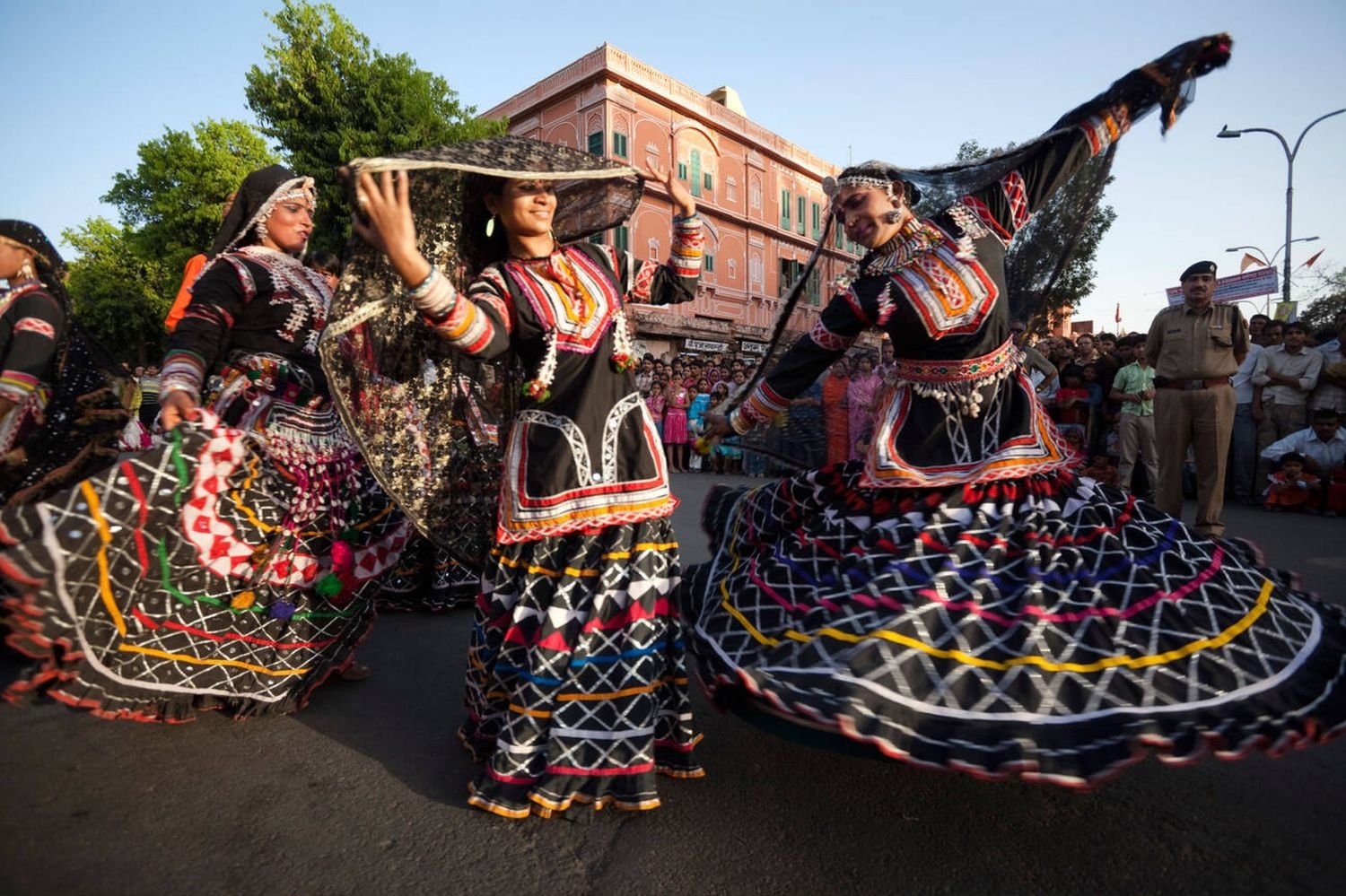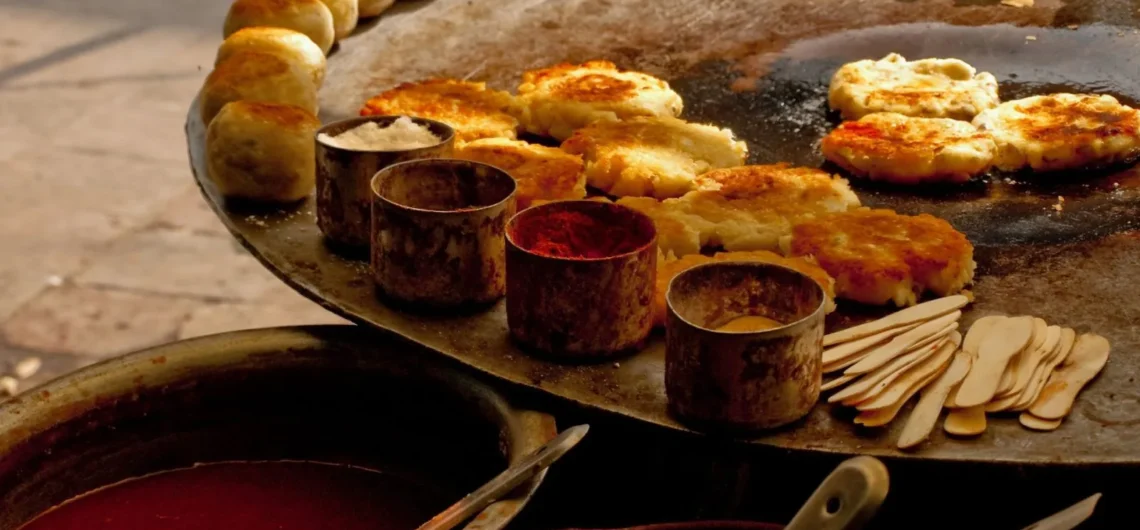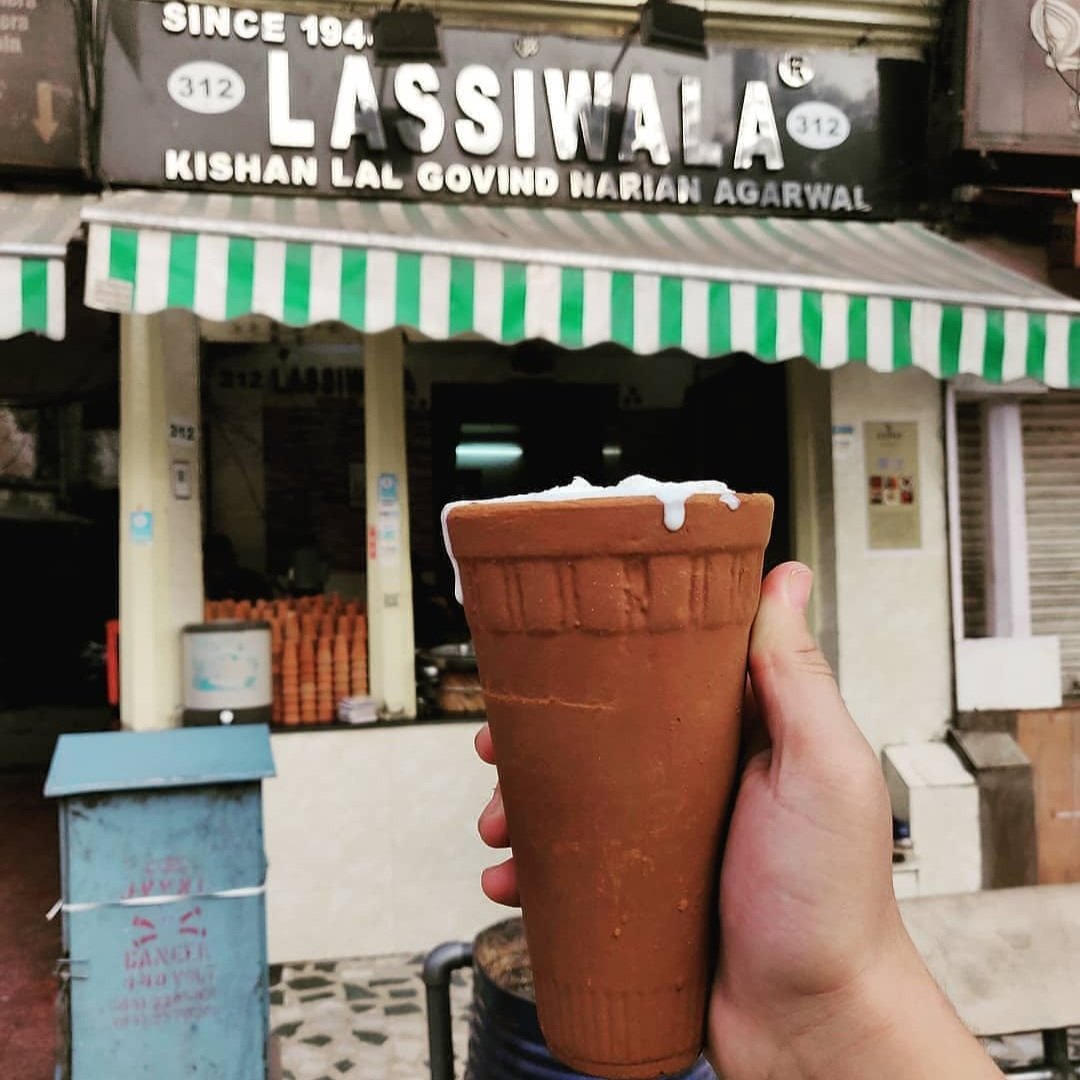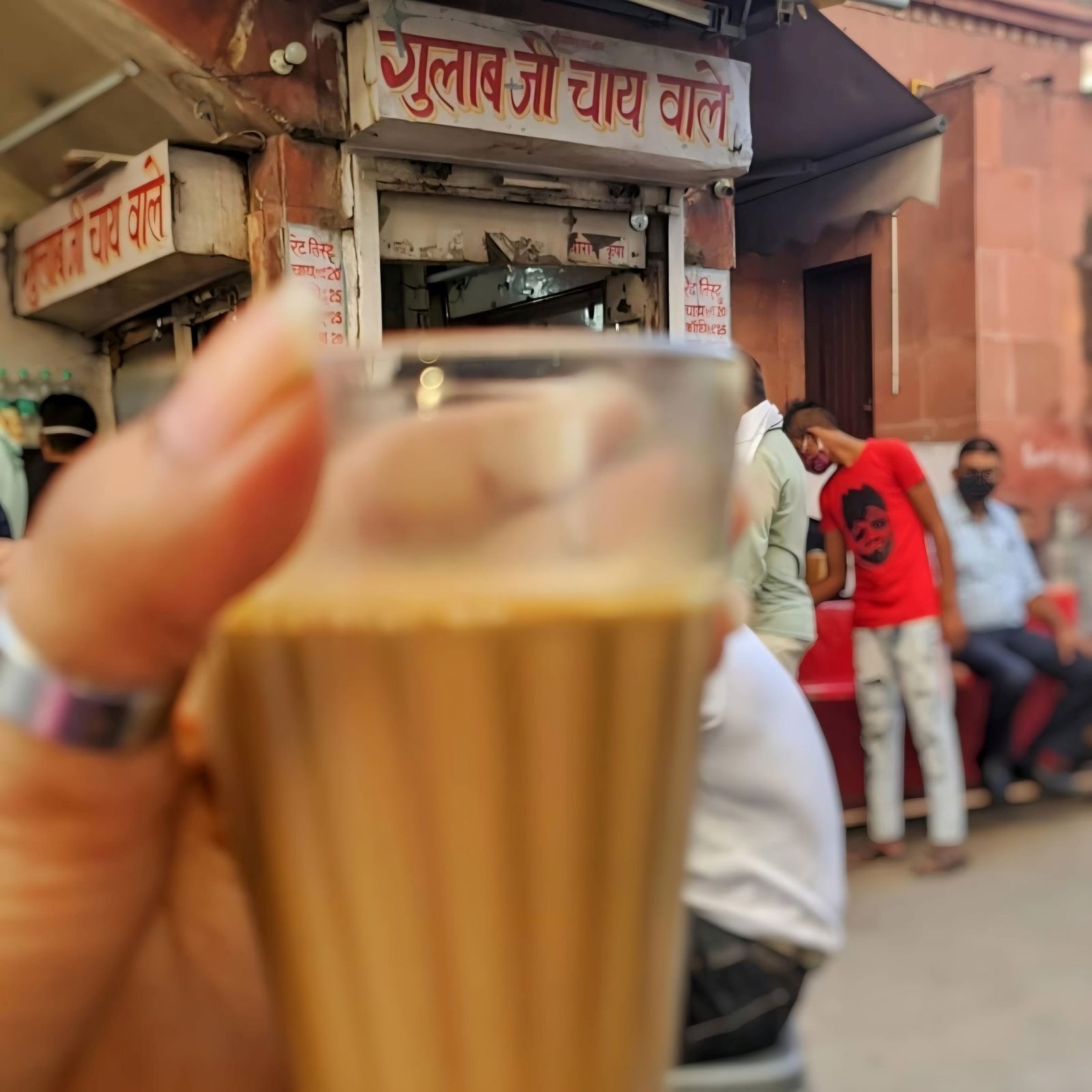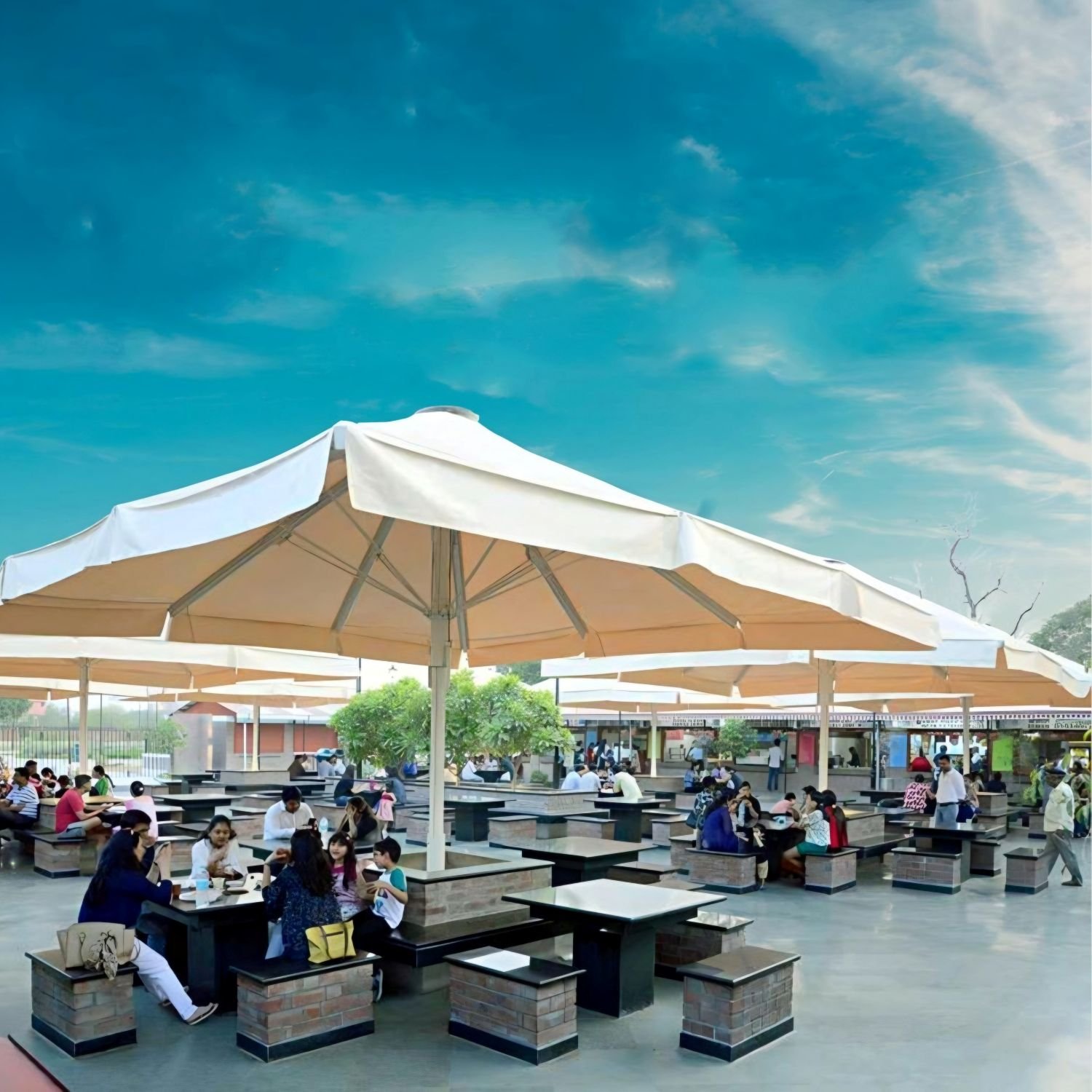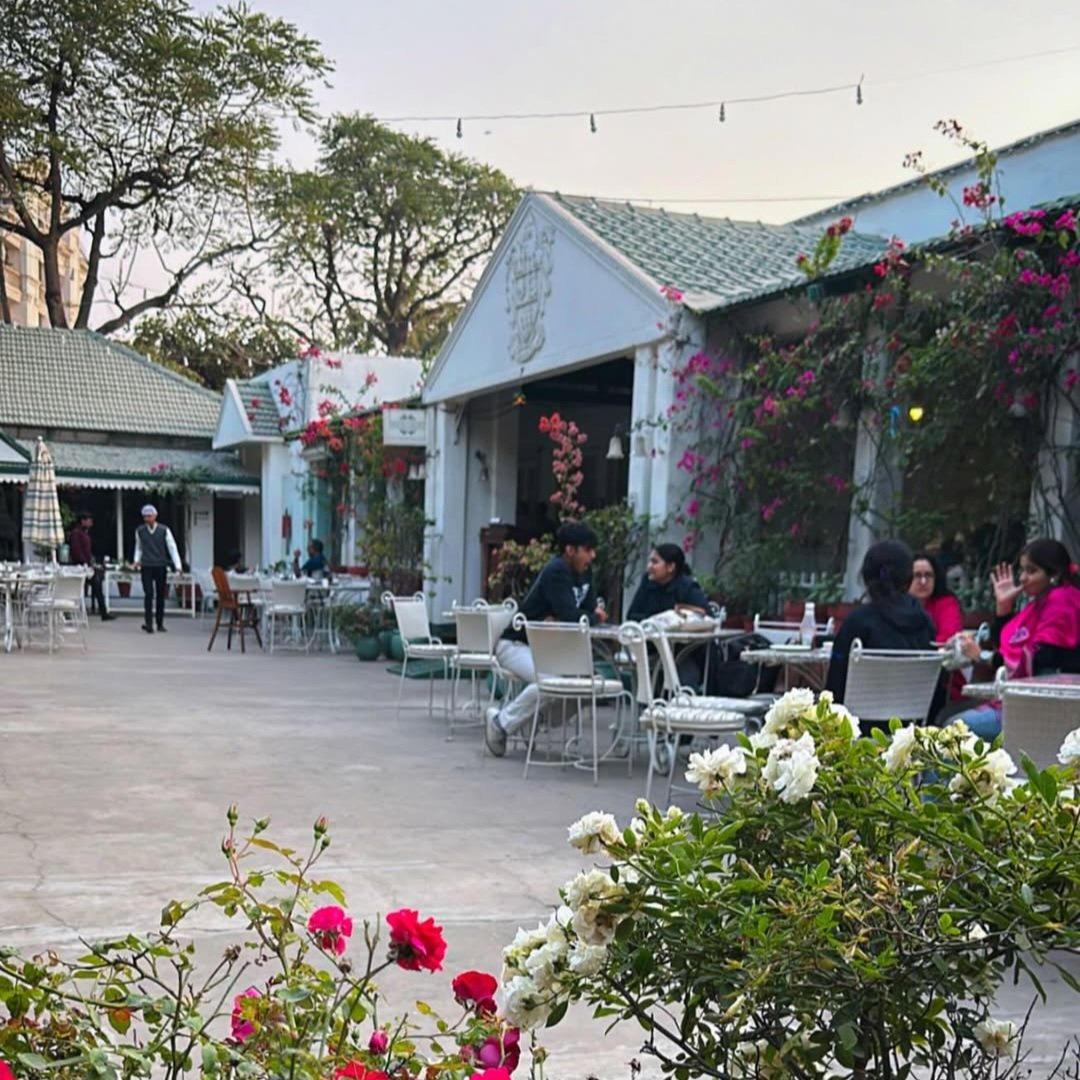Discover Rajasthan on Two Wheels: The Ultimate 12-Day Cycling Adventure
From Delhi’s Bustling Streets to Agra’s Timeless Beauty
📅 Published: September 19, 2025
⏱️ Read Time: 8 minutes
🏷️ Category: Cycling Tours
✍️ By: Travel Expert
Introduction
Picture this: the gentle whir of bicycle wheels against ancient cobblestones, the warm Rajasthani sun painting everything in shades of gold and crimson, and the scent of spices floating through narrow bazaar lanes. Welcome to the adventure of a lifetime – a 12-day cycling journey through India’s most majestic state.
Rajasthan isn’t just a destination; it’s a living tapestry of royal heritage, desert landscapes, and cultural treasures that have captivated travelers for centuries. But experiencing it on two wheels? That’s where the magic truly begins.
“Cycling through Rajasthan is like pedaling through pages of history, where every turn reveals another chapter of India’s royal legacy.”
Why Choose Rajasthan by Bicycle?
There’s something profoundly different about exploring a place at cycling pace. Unlike rushing past in a car or bus, cycling allows you to truly absorb your surroundings. You’ll hear the morning calls to prayer echoing across lake-reflected palaces, smell the cardamom and cumin wafting from street-side chai stalls, and feel the cool desert breeze as you pedal through ancient trade routes.
This isn’t just about the physical journey – though the 50-kilometer rides through the Aravalli hills will certainly get your heart pumping. It’s about connection: with the landscapes, the people, and the timeless rhythms of rural and urban Rajasthan.
🚴♂️ What Makes This Tour Special
- Intimate Cultural Experiences: Meet local artisans, Rabari herders, and Bishnoi communities
- Hidden Gems: Discover stepwells, secret temples, and off-the-beaten-path villages
- Diverse Landscapes: From desert dunes to hill forts, lakes to royal cities
- Culinary Adventures: Century-old food trails and authentic regional cuisine
- Wildlife Encounters: Leopard safaris, bird watching, and nature walks
The Epic Route: From Delhi to Agra and Back
Our 13-day journey traces a magnificent circuit through Rajasthan’s most iconic destinations, each offering its own unique flavor of India’s royal heritage.
🗺️ ROUTE MAP:
Delhi → Udaipur → Kumbhalgarh → Ranakpur → Jawai → Narlai → Jodhpur → Chandelao → Pushkar → Jaipur → Agra → Delhi
Your Journey Through India’s Royal Heritage
🏛️ OLD DELHI: Where History Lives and Breathes
📍 Delhi
Begin your adventure in India’s capital, but not the Delhi you might expect. We’ll dive deep into Old Delhi’s labyrinthine streets, where every corner tells a story dating back centuries.
Unmissable Experiences:
🚴 Rickshaw through Chandni Chowk – Glide past spice-scented bazaars, silver shops, and buzzing food stalls in Asia’s largest wholesale market.
🌶️ Khari Baoli Spice Market – Explore Asia’s largest spice bazaar, alive with colors, aromas, and centuries-old trading legacies.
🕌 Jama Masjid & Heritage Lanes – Wander around India’s largest mosque and discover alleys filled with traditional instrument makers and artisans.
🍲 Centuries-Old Food Trail – Taste dishes at iconic eateries serving recipes passed down for 5-6 generations.
🛍️ Chor Bazaar & Hidden Gems – Uncover antique treasures, vibrant havelis, and secret Jain temples in narrow lanes.
🏰 UDAIPUR: The City of Lakes Awakens
📍 Udaipur
As you pedal through Udaipur’s narrow lanes at sunrise, you’ll understand why this city has captivated travelers for generations. The reflection of white palaces in mirror-still lakes creates an almost dreamlike atmosphere that’s best experienced on two wheels.
Magical Moments:
🚴 Morning Cycling Tour – Witness the city wake up as you ride through ghats and lakeside paths in serene beauty.
🛍️ Bazaar Walk – Explore colorful markets filled with textiles, handicrafts, and spices amid vibrant local life.
🌄 Tribal Village Hike – Experience authentic rural Rajasthan with scenic hill walks and genuine village encounters.
🎭 Cultural Evening – Enjoy traditional folk dances at Bagore Ki Haveli followed by lakeside fine dining.
⛰️ KUMBHALGARH: Conquering the Great Wall of India
📍 Kumbhalgarh
The 50-kilometer ride to Kumbhalgarh Fort is arguably one of India’s most spectacular cycling challenges. As you pedal through the rolling Aravalli hills, the massive fort walls – second only to the Great Wall of China – gradually come into view.
Epic Adventures:
🚴 50km Cycling Adventure – Ride through rolling hills, riverside trails, and terraced farms to reach the hilltop fort town.
🌄 Panoramic Mountain Views – Climb to vantage points offering sweeping vistas of rugged terrain and lush valleys.
🥾 Kumbhalgarh-Ranakpur Trek – Hike across Aravalli hills through forests, streams, and rustic villages.
🐾 Wildlife Safari – Spot leopards, antelopes, and rich birdlife in Kumbhalgarh Wildlife Sanctuary.
🏛️ JAWAI & RANAKPUR: Where Spirituality Meets Wild Nature
📍 Jawai & Ranakpur
This region offers one of India’s most unique combinations: the intricate marble artistry of Ranakpur’s Jain temple and the thrilling possibility of spotting leopards in their natural rocky habitat at Jawai.
Extraordinary Encounters:
🚴 Temple Cycling Adventure – Pedal to the magnificent Ranakpur Jain Temple with its 1,444 intricately carved marble pillars.
🐆 Jawai Leopard Safari – Explore rocky hillocks and caves where elusive leopards roam freely.
🐦 Riverside Birdwatching – Witness migratory birds along Jawai’s serene riverbanks.
🌅 Hilltop Sundowners – Enjoy scenic hi-tea with golden sunset views across rugged countryside.
👳 Rabari Community Walk – Meet nomadic herders and learn about their colorful traditions and ancient lifestyle.
🔵 JODHPUR: The Blue City’s Ancient Secrets
📍 Jodhpur
Jodhpur’s blue-painted houses create a stunning backdrop as you cycle through narrow lanes beneath the imposing Mehrangarh Fort. This city rewards curious travelers with hidden stepwells and legendary culinary experiences.
Blue City Discoveries:
🚴 Forest Trail Cycling – Ride through forest trails and cross the Jawai River en route from Narlai village.
💧 Stepwell Marvel – Discover the striking Toorji ka Jhalra stepwell, an architectural gem and vibrant gathering spot.
🍲 Legendary Food Trail – Savor age-old recipes like mirchi vada and mawa kachori from generations-old vendors.
🏘️ Blue Lane Wandering – Navigate bustling blue-painted streets and traditional craft markets.
🌾 CHANDELAO: Authentic Desert Village Life
📍 Chandelao
Pedaling through barley fields and desert trails to reach Chandelao Garh feels like traveling back in time. This rustic Rajput fort and surrounding village offer perhaps the most authentic glimpse into rural Rajasthani life.
Village Immersion:
🚴 Desert Trail Cycling – Ride through barley fields and village lanes to reach the rustic Rajput fort.
🏡 Artisan Encounters – Meet craftspeople creating camel-hair rugs, clay pots, and block-printed textiles.
👩🎨 Women’s Empowerment Visit – Connect with artisans at Sundar Rang NGO showcasing vibrant crafts and resilience stories.
🐆 Bishnoi Village Safari – Meet the renowned wildlife conservation community and spot desert antelopes.
🌅 Starlit Desert Barbecue – Enjoy alfresco dining under starlit skies with Thar Desert panoramas.
🏜️ PUSHKAR: Sacred Desert Oasis
📍 Pushkar
Pushkar’s spiritual energy is palpable as you cycle around the sacred lake at sunrise. If you’re lucky enough to visit during the camel fair season, you’ll witness one of the world’s most extraordinary cultural spectacles.
Sacred & Spectacular:
🐪 Pushkar Camel Fair (Seasonal) – Experience the world’s largest camel fair with colorful processions and cultural performances.
🌊 Sacred Lake Rituals – Join the serene evening aarti ceremony around the holy Pushkar Lake.
🛕 Unique Brahma Temple – Visit the world’s only temple dedicated to Lord Brahma with hilltop panoramic views.
🌈 Vibrant Bazaar Life – Browse handicrafts, jewelry, and textiles in colorful lanes.
🏜️ Camel Safari Sundowner – Ride into the desert for an enchanting sunset dinner on sand dunes.
🏰 JAIPUR: The Pink City’s Royal Grandeur
📍 Jaipur
Jaipur’s morning cycling tour is legendary among travelers. As the Pink City awakens, you’ll pedal past the iconic Hawa Mahal, through flower markets, and along ancient trade routes that have seen centuries of royal processions.
Royal City Highlights:
🚴 Signature Morning Tour – Ride past Hawa Mahal, temples, markets, and taste delicacies at century-old food joints.
🌆 Heritage Lane Walks – Discover narrow lanes filled with art, crafts, and royal history stories.
🏰 Ancient Amber Town – Explore the 12th-century fort, temples, and the 70-ft-deep Panna Meena Kund stepwell.
🎈 Sky-High Adventures – Optional hot air balloon rides and interactive cooking demonstrations.
🌄 Nahargarh Fort Sunset – Watch Jaipur glow under the desert sky with panoramic city views.
🕌 AGRA: Beyond the Taj Mahal
📍 Agra
While the Taj Mahal is undoubtedly magnificent, Agra’s lesser-known treasures – from ancient stepwells to the fascinating sport of pigeon flying – offer insights into a city that’s far more than its famous monument.
Hidden Agra Treasures:
⛲ Chand Baori Stepwell – Marvel at India’s deepest stepwell with intricate geometric design and ancient engineering.
🛍️ Artisan Lane Walks – Meet craftspeople and browse authentic handicraft markets away from tourist crowds.
🍵 Taj View High-Tea – Enjoy sunset refreshments on a rooftop with spectacular Taj Mahal vistas.
🕊️ Kabutarbazi Tradition – Learn about the centuries-old royal sport of pigeon flying still practiced in old quarters.
🌿 Taj Nature Walk – Explore the 70-hectare forest belt offering serene trails and unique monument views.
Planning Your Rajasthan Cycling Adventure
🗓️ Best Time to Visit
October to March offers ideal cycling weather with comfortable temperatures and clear skies. The winter months provide the best conditions for long rides and outdoor activities.
🚴♂️ Fitness Level
This tour is suitable for moderate fitness levels. Daily rides range from 20-50km with support vehicles available. Some hilly terrain requires basic cycling experience.
🎒 What to Pack
Comfortable cycling clothes, sun protection, good walking shoes, and layers for varying temperatures. Detailed packing list provided upon booking.
🏨 Accommodation
Stay in carefully selected heritage hotels, palace properties, and boutique accommodations that reflect local character and provide comfort after active days.
Tour Summary
🏷️ Duration: 12 Nights / 13 Days
📏 Distance: 500+ km total cycling
⚡ Difficulty: Moderate
🌡️ Best Time: October – March
🎯 Group Size: Small groups (8-12 people)
🚲 Bike Type: High-quality touring bikes provided
🛡️ Support: Full support vehicle, guide, mechanic
Ready for Your Rajasthan Adventure?
This isn’t just a cycling tour – it’s a journey through living history, authentic culture, and breathtaking landscapes that will leave you with memories to last a lifetime.
Start Planning Your Journey
Contact us to discuss dates, customization options, and begin planning your ultimate Rajasthan cycling adventure.
📞 Book Your Adventure Today!
📧 Get More Information
🏷️ Tags: #RajasthanCycling #IndiaTours #AdventureTravel #CulturalTours #CyclingAdventure #RoyalRajasthan #IndiaExperience #BikeTouring #TravelIndia #RajasthanTourism
About the Author:
Travel Expert – Adventure travel specialist with over 10 years of experience designing unique cycling tours across India. Passionate about sustainable tourism and authentic cultural experiences.
